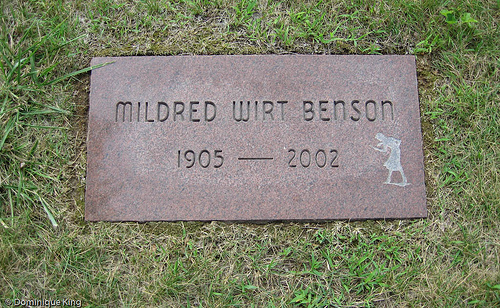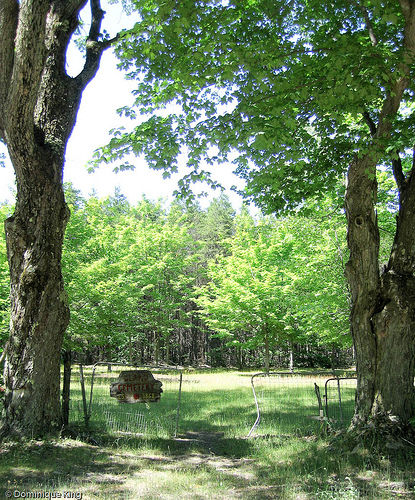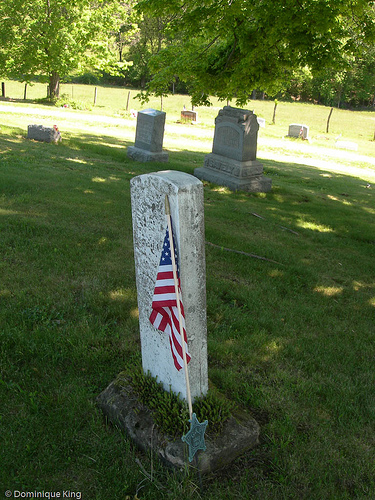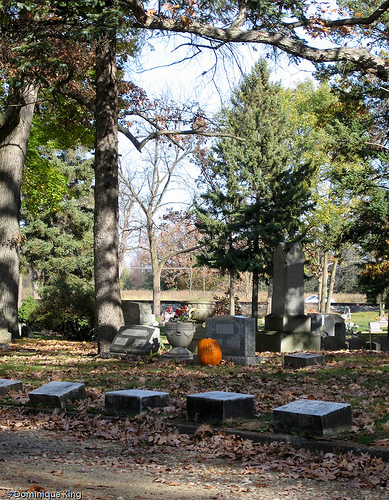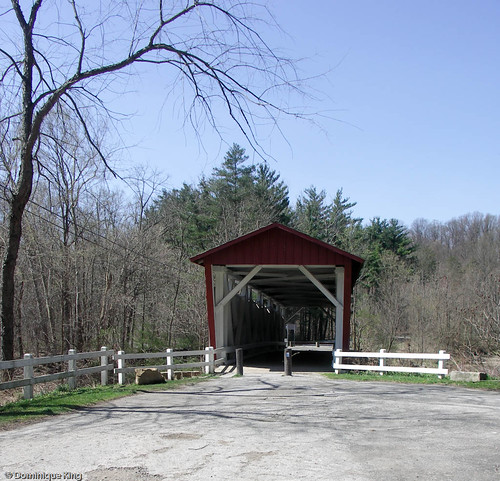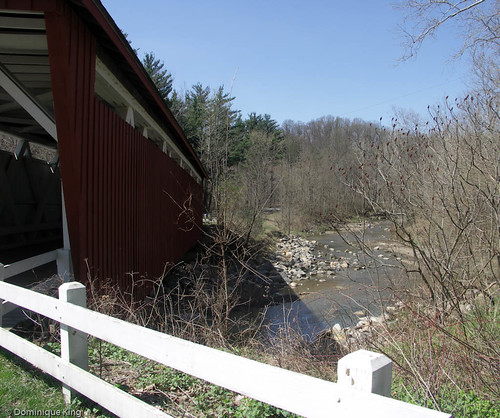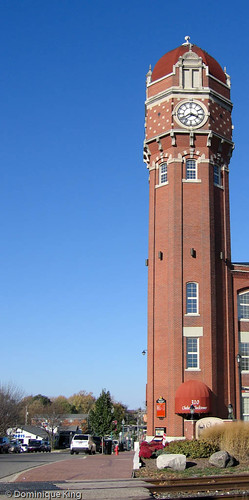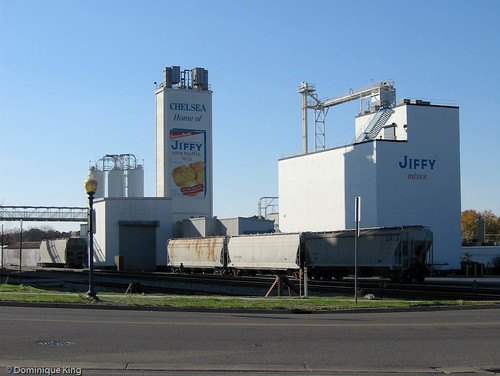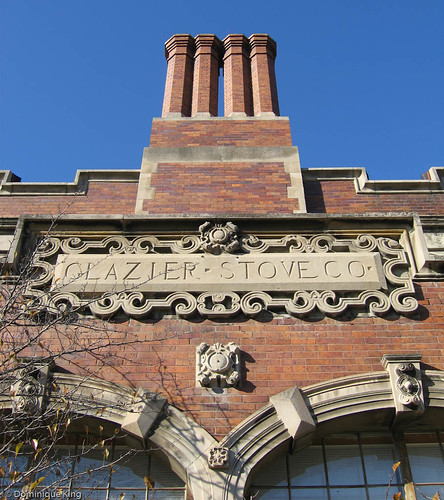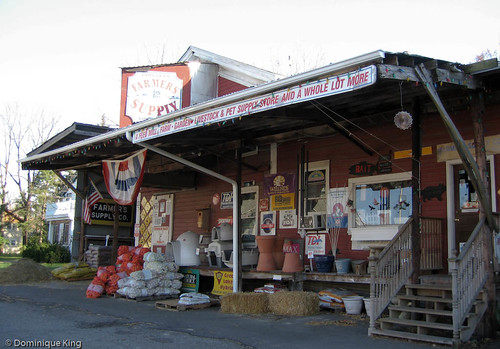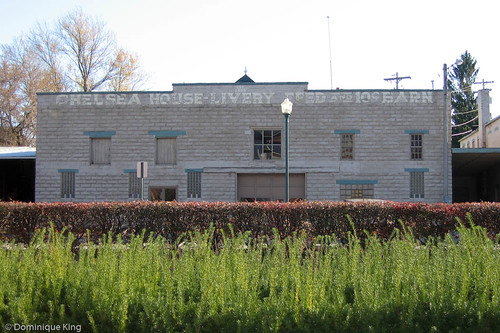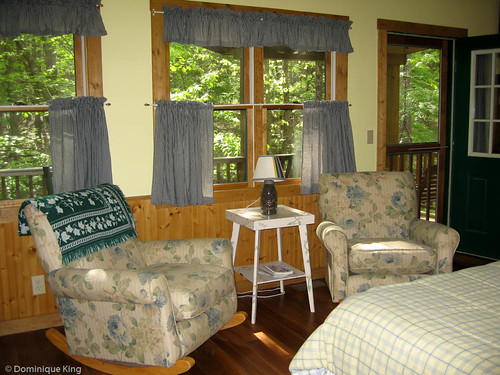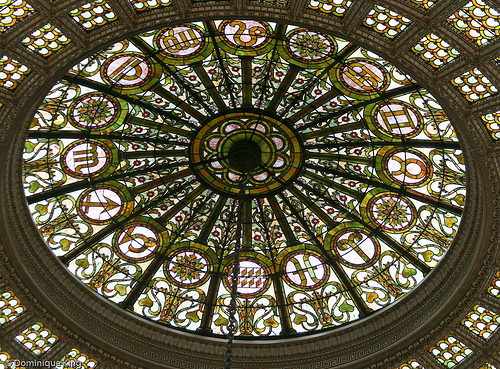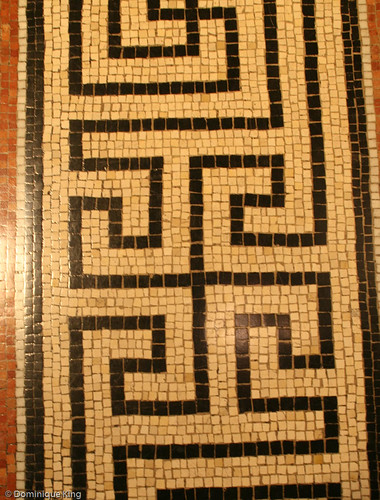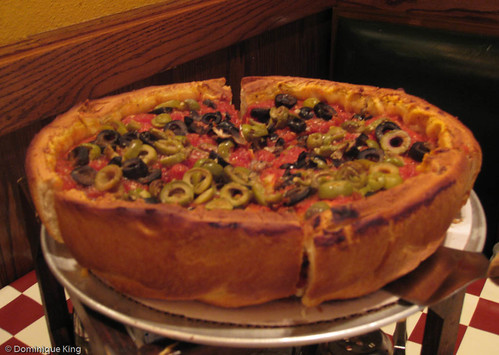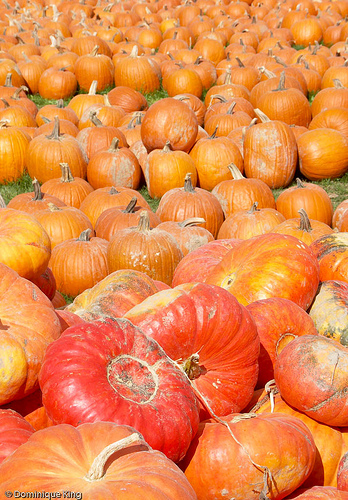Trying to get a good photo of the exterior of the Chicago Cultural Center was frustrating, but for me, the real story was inside of this majestic building.
I was immediately intrigued when I entered the building early one morning for an all-day conference and vowed to explore beyond the cramped meeting room as soon as I got a chance to do so.
Built as Chicago’s first public library in 1897, the Washington Street building became the cultural center in 1991 (Chicago’s main library is now at the Harold Washington Library Center on State Street). The Chicago Cultural Center houses a Visitors’ Center and serves as home to the Chicago Department of Cultural Affairs programming. Art exhibitions, concerts, dance shows, theater performances, films, lectures, conferences, weddings, and endless other events cram the center’s schedule. It also seemed to be a favorite place for people to catch a snack, meet with friends, or do a little work (yes, it looks like they have Wi-Fi, but are a little short on outlets), judging from the scene we saw on the main floor near the café when we visited.
The real attraction for me, though, was the Beaux Arts-style architecture and extravagant details like intricate tile work, moldings, grillwork, chandeliers, and two stunning glass domes that allowed natural light to fill the large ballrooms.
One of the building’s best known features may be the Louis Comfort Tiffany art glass dome. This 38-foot diameter dome underwent a $2.2 million restoration, completed just before our visit this summer. Workers removed, cleaned, and restored each of the dome’s 30,000 glass pieces, replacing them in the dome with new leading. A new translucent exterior dome protects the precious Tiffany glass, while allowing natural light into the Preston Bradley Hall.
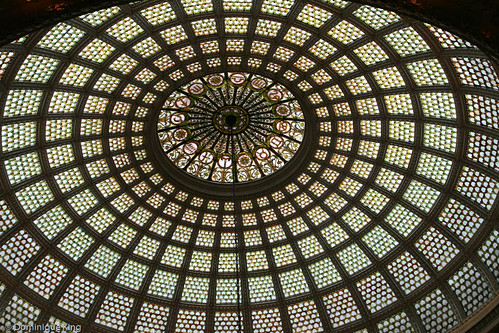
Curtains closed off the hall for orchestra rehearsals the day of our conference, so I only caught a quick glimpse of the Tiffany dome. We returned later in the week and got a closer look at the hall and the Tiffany dome as center staffers set up for another event.

The Tiffany art glass dome, billed as the world’s largest and valued at an estimated $35 million, is one of the center’s wow-factor worthy sights, but we stumbled upon the center’s other, and seemingly lesser-known dome, on the way to checking out the Tiffany dome.
The center’s G.A.R. Rotunda and Memorial Hall (a ballroom dedicated to the Grand Army of the Republic, a fraternal organization of Union veterans of the Civil War), sports its own art glass dome and over-the-top detailing like an intricate ceiling, huge arched windows and fancy moldings. The dome here is stained-glass in a Renaissance pattern.
Sweeping staircases, sky-high ceilings and huge common areas gave many of the center’s public areas a particularly spacious feeling. The hidden corners and painstaking architectural details throughout the building gave it a surprisingly intimate feeling at times as well.
The Shepley, Rutan and Coolidge-designed building cost nearly $2 million to build. The architects drew inspiration from the neo-classical styles at the 1893 World’s Columbian Exposition held in Chicago.
The Chicago Cultural Center draws approximately 800,000 visitors each year, earned recognition as a Chicago Landmark in 1976, and is on the National Register of Historic Places.
Three-foot masonry walls with limestone facing and a granite base make it an impressive looking building from the outside, but the interior details and quality materials like hardwood, colored stone and mother-of-pearl inlays, marble, and brass are well worth the visit for architecture, design and art buffs.
The center offers several free docent-led building tours each week. We weren’t there at the right time to take a tour, but it’s something I’d love to do another time when I visit Chicago.
Be sure to check out Affordable, accessible art at the Art-o-mat in the Chicago Cultural Center
© Dominique King 2009 All rights reserved


